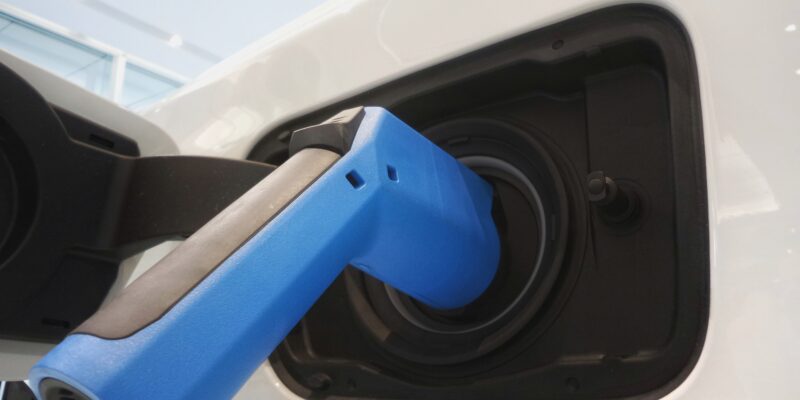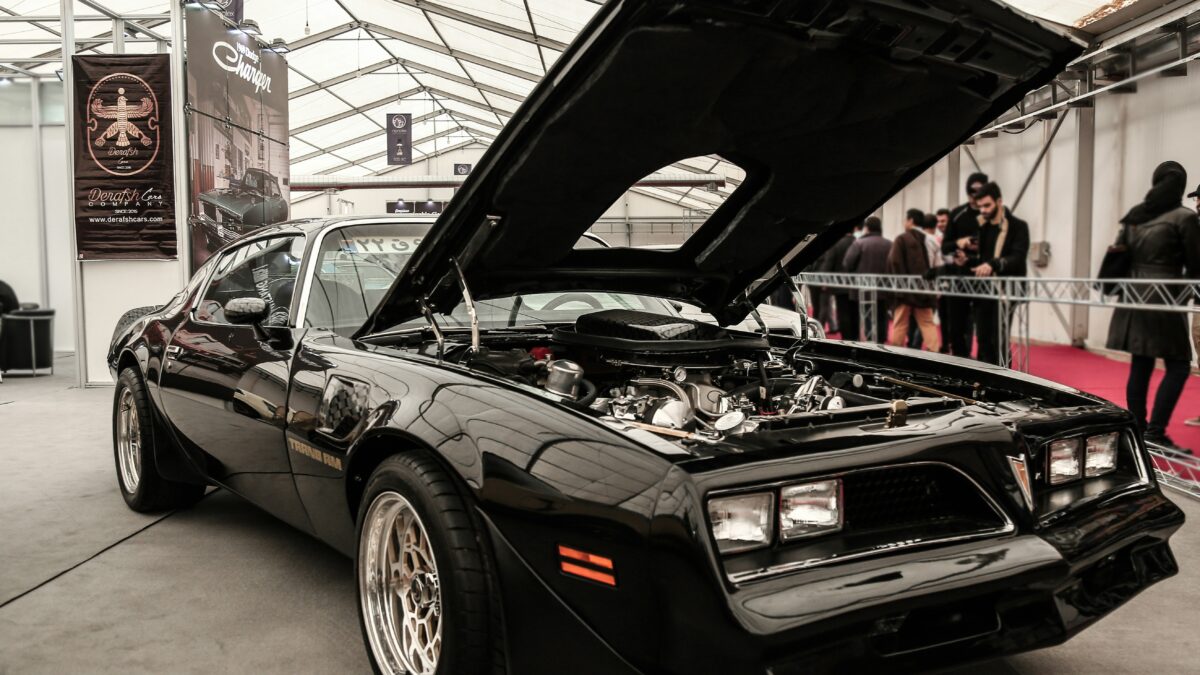How COP26 Will Outline The Setbacks Of EV Ownership
The road to EV ownership is long and slow, but the momentum is nonetheless building. The recent climate change summit, COP26, in Glasgow, Scotland has gathered world leaders together to discuss the global issues facing our planet. One issue in particular, the elimination of gas-powered engines, will be a pressing discussion, both showing the outlooks and setbacks of EV ownership.
Read on to learn the setbacks of EV ownership today and how our nation will need to adjust to carry out this impending change.
What are the forecasted setbacks of EV ownership?
The most evident obstacle for EV ownership comes down to consumer interest. Many automakers have claimed in the next decade or so that all vehicles sold will be electric. Though the commitment is impressive, the plight to persuade all consumers is where the problem lies.
Some countries, specifically Norway, have managed to accomplish what at times seems unachievable for big-scale demographics. The United States is approximately 30 times bigger than Norway, and amounts to 329.5 million people total. This begs the question: will American automakers commitment to electric mobility be enough to win drivers over?
Here are the setbacks of EV ownership that trouble a number of optimistic countries in today’s climate.
Will there be enough charging stations?
At-home charging stations are currently the bread and butter of fueling electric vehicles in the U.S. It’s the most convenient and timesaving option. Just plug-in and go about your day. But even those haven’t fully collected the trust of EV owners. A study performed by the University of California, Davis, showed that 18% of California EV owners switched back to gas-powered cars due to charging unreliability.
The amenity of at-home charging also isn’t feasible for every driver. Especially the mass populations that live in urban environments where street parking is the norm. You could make a case for portable charging, but the price of those singles out a majority of drivers on the road. That said, the only real solution is more infrastructure dedicated to EV charging stations. For America, that requires a lot of time and money, and nailing down the details before that 2035 deadline arrives.
This setback is not necessarily a sign of doom, but COP26 will point out a bigger problem ahead. Where will drivers charge their vehicles in an all-electric world?
Can our electric grid handle the switch?
Although the complete switch from gas-powered to EV is far from here, and might not be as sudden as some predict, it certainly makes you wonder how the demand for electricity will change. Originally, some feared the potential of power outages and glitches, but many experts have since negated this claim.
Instead, the rise in demand should motivate us to rethink exactly how we use energy. Legislators are now pushing for a new energy blueprint that contributes to a stable grid throughout the U.S. But that comes with its own set of challenges. For example, not every driver can charge at night during the off-peak hours of the day.
With this knowledge and the push for EV consumption, it takes careful planning, specifically on renewable energy. The current U.S. electric energy demand for vehicles is 4.68 terawatt, which is estimated to increase to 107 terawatt by 2035. That means, the time is now to start implementing better use of energy.
Will EV costs decrease?
While figuring out logistics are important, the cost of EVs continually stand in the way of securing an all-electric future. The race is on for automakers to offer electric mobility that does not fall under the category of luxury or high sticker prices. The mere reality is until automakers configure a way to lessen the costs of EV production, the everyday buyer will always lean toward the cheaper alternative, which is still conventional vehicles.
In some countries, governments have offered incentives or tax breaks to buy electric. This will likely materialize for most countries looking to meet their EV target date in the next decade. Overall, the only way for every driver to enjoy the sustainability of EV usage is by getting the price on a more affordable scale. Today, with the popularity of EV manufacturing on the rise, this serves as one of the greatest setbacks of EV ownership.
COP26 will address the setbacks of EV ownership in the week ahead
You could say we are at the beginning stages of solving these heavy-hitting problems. How do we produce EVs with larger batteries yet are still green? How do we encourage drivers to charge less? And frankly, how do we create the infrastructure to support this automotive revolution? All these questions and more will be explored in the upcoming days at the COP26 conference.
Click here to get an updated of the latest news happening at COP26 in Glasgow, including how you can become more involved in the climate crisis this year.

















The most concerning part of this article is , “A study performed by the University of California, Davis, showed that 18% of California EV owners switched back to gas-powered cars due to charging unreliability.” (Malone)